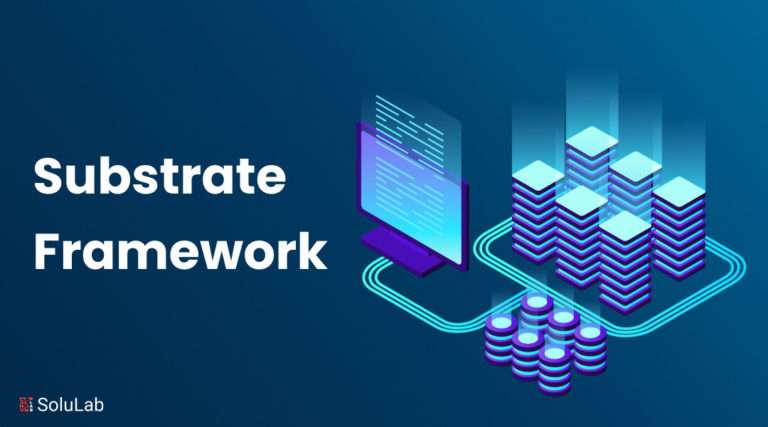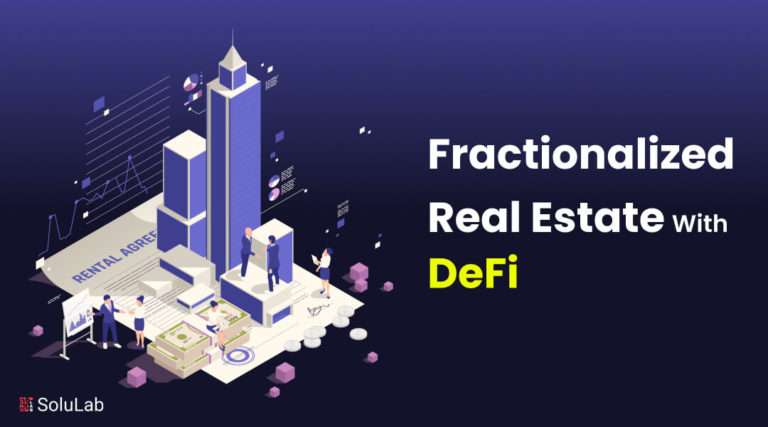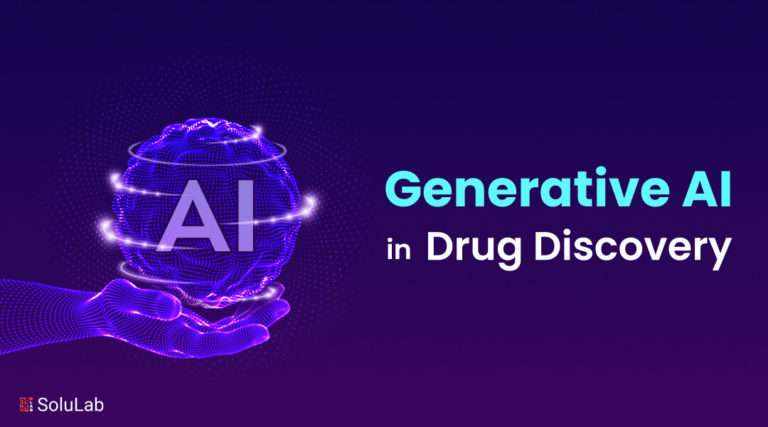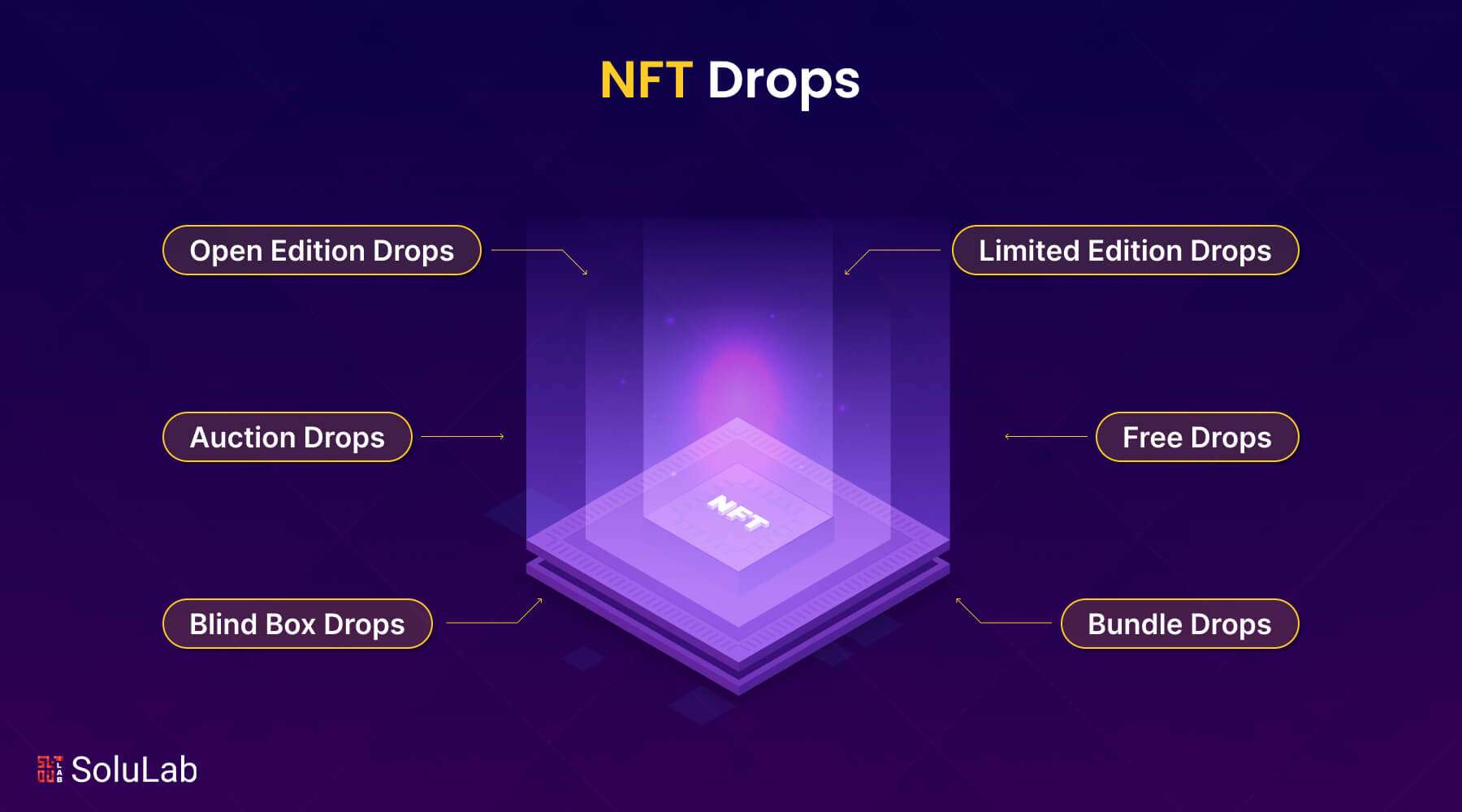
The digital world has seen a major shift in our perception and interaction with digital assets with the emergence of Non-Fungible Tokens, or NFTs. Every NFT, in contrast to conventional cryptocurrencies like Bitcoin, is distinct—think of them as digital versions of one-of-a-kind trading cards. Each NFT is identifiable and cannot be traded like-for-like, making them non-fungible. This uniqueness is ensured via a smart contract using blockchain technology.
An NFT drop is an event when a fresh batch of NFTs is made available to the general public, usually on a certain day and time. It’s similar to an album release in the music business but for digital art. Digital art in many forms, including animated pieces, audio files, and static photos, can be included in these drops. NFT producers, which can range from lone artists to groups, use these events to introduce their latest works, frequently generating excitement via marketing strategies and on platforms like Discord servers.
In this comprehensive guide, we delve into the intricacies of NFT Drops, providing a roadmap for both newcomers and seasoned enthusiasts. But, first, let’s introduce you all to what is NFT Drop exactly and its significance.
What are NFT Drops?
NFT drops also described the public distribution of newly created NFTs by artists and producers. Additionally, these drops are usually publicized ahead of time, building excitement among fans and collectors. Furthermore, NFT drops frequently include exclusive features and limited editions, which increase their demand.
Key Elements of an NFT Drop
In order to fully understand Non-fungible tokens drops, it’s also necessary to explore the key elements that influence these events.
1. Concept and Theme: Every successful NFT drop begins with a clear concept or theme that resonates with the target audience. Whether it’s exploring a specific artistic style, narrative, or cultural trend, the concept serves as the foundation upon which the entire drop is built.
2. Artistic Content: The core of an NFT drop lies in the artistic content being offered. This can range from digital images and animations to audiovisual experiences and interactive pieces. The quality, creativity, and uniqueness of the artwork play a pivotal role in attracting collectors and driving demand.
3. Tokenomics: The tokenomics of an NFT drop refers to the economic model governing the distribution, pricing, and scarcity of the NFTs. Factors such as the number of editions available, pricing tiers, royalties for creators, and bonuses for early adopters contribute to shaping the perceived value of the NFTs within the drop.
4. Minting and Release Schedule: A well-planned minting and release schedule is crucial for generating excitement and managing the flow of NFTs within the drop. This includes setting specific dates and times for the drop, as well as any pre-sale or whitelisting phases to give dedicated collectors early access.
5. Marketing and Promotion: Effective marketing and promotion are essential for maximizing the visibility and impact of an NFT drop. This involves leveraging various channels such as social media, newsletters, online communities, and partnerships to reach and engage with the target audience.
6. Community Engagement: Building and nurturing a vibrant community around the NFT drop can significantly enhance its success. This includes fostering dialogue with potential collectors, providing updates and behind-the-scenes insights, and offering opportunities for community involvement and feedback.
7. Secondary Market Strategy: While the primary focus of an NFT drop is on the initial sale, a well-defined strategy for the secondary market can also contribute to long-term success. This may involve implementing features such as rarity mechanics, gamification elements, or exclusive perks for secondary market transactions.
8. Legal and Compliance Considerations: Ensuring compliance with relevant legal and regulatory requirements is essential for maintaining trust and credibility in NFT ecosystem. This includes addressing issues such as intellectual property rights, licensing agreements, and tax implications associated with the sale and ownership of NFTs.
Types of NFT Drops
There are different types of NFT drops, each type of NFT drop offers a unique experience for collectors and creators, catering to different preferences, objectives, and market dynamics within the evolving landscape of digital art and collectibles.
1. Open Edition Drops
- In an open edition drop, an unlimited number of copies of an NFT are made available for purchase.
- These drops allow for broader accessibility, as collectors can acquire the NFT at any time during the sale period.
- Open edition drops are often used for digital art pieces that don’t rely on scarcity for their value proposition.
2. Limited Edition Drops
- Limited edition drops offer a fixed number of copies of an NFT, creating scarcity and exclusivity.
- The number of editions available is typically disclosed in advance, with each edition numbered or serialized to denote its uniqueness.
- Limited edition drops often generate high demand, with collectors vying to secure a rare and coveted NFT from the collection.
3. Auction Drops
- Auction drops involve the sale of NFTs through a bidding process, where collectors compete to submit the highest bid for each item.
- Auctions can be conducted in various formats, including English auctions (ascending bids), Dutch auctions (descending bids), and sealed-bid auctions.
- Auction drops offer a dynamic and transparent mechanism for determining the value of NFTs based on market demand and bidding activity.
4. Blind Box Drops
- Blind box drops present collectors with a curated selection of NFTs packaged as mystery boxes, where the contents are unknown until purchased.
- Collectors purchase blind boxes without knowing which specific NFT they will receive, adding an element of surprise and excitement to the acquisition process.
- Blind box drops often feature a range of rarities, with some NFTs being more sought-after than others, incentivizing collectors to participate in multiple purchases.
5. Free Drops
- Free drops involve the distribution of NFTs to collectors at no cost, either as promotional giveaways or as part of community engagement initiatives.
- Free drops can help drive awareness and interest in a project, attract new collectors to the platform, and reward loyal community members.
- While the NFTs in free drops may not have a monetary value up front, they can still hold significance for collectors due to their rarity or association with a particular event or milestone.
6. Bundle Drops
- Bundle drops offer collectors the opportunity to purchase multiple NFTs together as a bundle or package deal.
- Bundles may include themed collections, collaborations between multiple artists, or curated selections of complementary artworks.
- Bundle drops provide added value and convenience for collectors by offering a diverse range of NFTs in a single purchase, often at a discounted price compared to buying each item individually.
How NFT Drops Work?
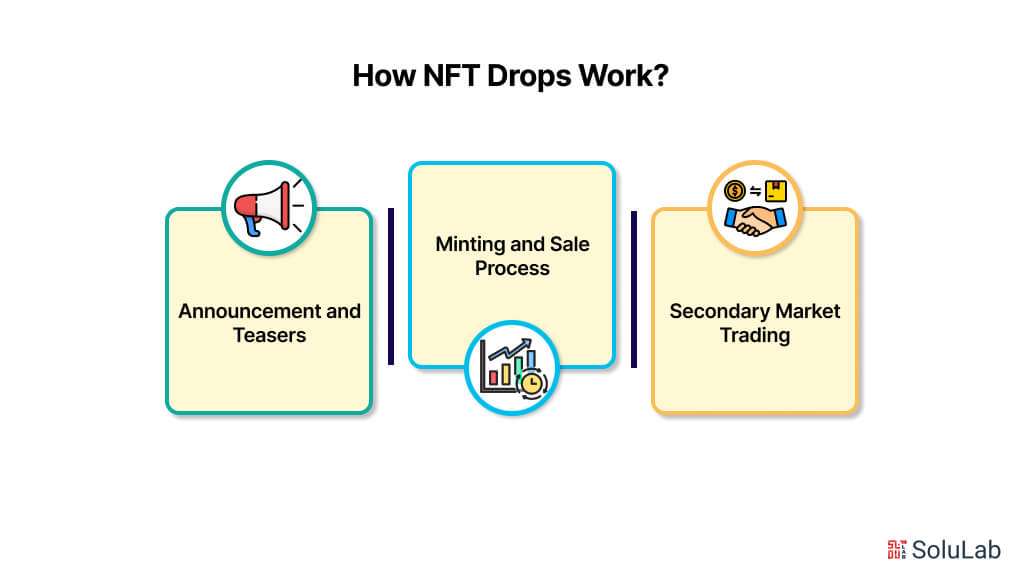
NFT drops are meticulously orchestrated events that involve the release and distribution of digital assets in the form of Non-Fungible Tokens (NFTs). These drops are not only pivotal moments for creators to showcase their work but also exciting opportunities for collectors to acquire unique pieces of digital art and collectibles. Understanding how NFT drops work is essential for both creators and collectors alike, as it encompasses various stages and processes:
1. Announcement and Teasers:
- NFT drops typically begin with the announcement of the upcoming release, where creators unveil details about the collection, such as the theme, artwork previews, and launch date.
- Teasers, sneak peeks, and behind-the-scenes content may be shared across social media platforms, online communities, and creator-owned channels to generate anticipation and buzz among potential collectors.
2. Minting and Sale Process:
- Once the drop date arrives, the minting and sale process commences, allowing collectors to acquire NFTs from the collection.
- Minting refers to the creation and registration of new NFTs on a blockchain platform, where each token is assigned a unique identifier and metadata, including details about the artwork, creator, and ownership rights.
- Collectors typically purchase NFTs using cryptocurrency through dedicated marketplaces or platforms hosting the drop. Transactions are executed via smart contracts, ensuring transparency, security, and immutability on the blockchain.
3. Secondary Market Trading:
- Beyond the initial sale, NFTs can be traded and exchanged on the secondary market, allowing collectors to buy, sell, and trade their digital assets with other enthusiasts.
- Secondary market platforms facilitate peer-to-peer transactions, providing liquidity and price discovery for NFTs based on supply and demand dynamics.
- Creators may receive royalties or commissions from secondary market transactions, providing ongoing incentives for their participation in the ecosystem.
Navigating the intricacies of an NFT drop requires careful planning, execution, and engagement from both creators and collectors. From building hype and attracting interest to facilitating seamless transactions and fostering a vibrant community, every aspect of the process contributes to the success and impact of the drop.
Where Can I Find An NFT Drop?
The following are spots where you may obtain information on NFT drops:
#1: NFT Marketplaces
NFT markets are one method for discovering impending NFT drops. NFT markets organize future NFT projects into a dedicated section where users can filter for upcoming NFT drops based on parameters such as category, blockchain, and more. NFT markets vary in size and design. Mass NFT markets include a diverse range of NFT collections related to sports, digital art, trading cards, and virtual reality. Examples of NFT markets include OpenSea, Nifty Gateway, Rarible, and more.
#2: Social Media
Twitter serves as the main communication medium for the majority of NFT initiatives. Hence, Twitter is a useful resource for learning about impending NFT dips. NFT drops are also available on several social media sites, including Facebook, Instagram, YouTube, LinkedIn, and others. Following your visit to these sites, be sure to follow prominent NFT figures. This will notify you of any forthcoming NFT prizes.
#3: Instant Messaging Channels
Discord and Telegram, for example, are excellent platforms for discovering impending NFT drops. In such message groups, individuals are inclined to discuss free NFT drops and those with low floor pricing. However, you must exercise caution to avoid falling victim to NFT drops that make unrealistic promises.
#4: NFT Drop Calendar
You may be informed about NFT drops on Ethereum as well as additional decentralized blockchain networks for NFTs, such as Solana and Polygon, by subscribing to an NFT drop calendar. The NFT calendars display the time and date of each NFT drop along with a countdown that lets you know how many NFT drops are left before the collection is deleted from the internet. Users who have a decent NFT drop calendar can filter by free NFTs.
Step-by-Step Guide to Using the NFT Drop Calendar to Find NFT Drops
You may use an NFT drop calendar to locate an NFT drop. Most NFT drop calendars are substantially identical, and the methods listed below may be used on practically any NFT drop calendar:
Step 1: Look for a Website That Provides NFT Drops
You should first look for a reputable website that provides NFT drops. NFT Drops Calendar is a fantastic example of this type of website. Choose a platform that permits you to filter NFT drops based on price and blockchain.
Step 2: Sort the NFT Drops
- After selecting a website, sort the NFTs by price or blockchain. You may locate relevant NFT drops depending on pricing or the chosen blockchain. To obtain free NFT drops, sort them by price, low to high. Free NFT collections will show first.
- If you’re seeking free NFT drops, check for those labeled “FREE MINT”. This may be referred to differently on different websites, but they all have a function that displays free NFT drops.
- You may also choose the blockchain of your choosing to see all NFT drops on the network.
Step 3: Select a Project to Participate In
Finally, read the information offered on the NFT projects and select which NFT drop to participate in.
Benefits of Participating in Upcoming NFT Drops
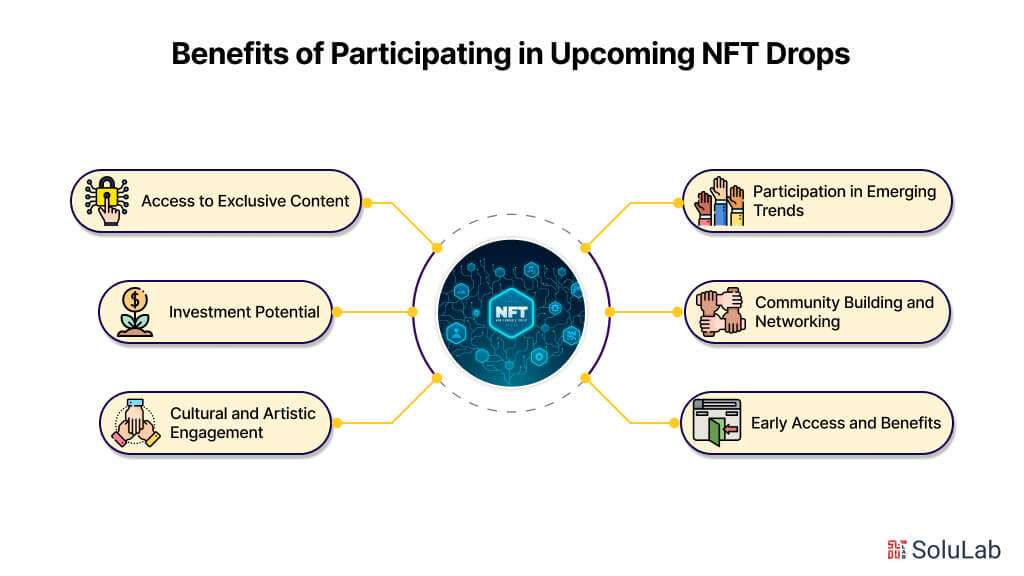
Participating in upcoming NFT drops presents a myriad of opportunities for both collectors and creators alike, offering unique advantages and experiences within the dynamic era of digital art and collectibles. Here are some compelling benefits to consider:
1. Access to Exclusive Content: By participating in NFT drops, collectors gain access to exclusive digital artworks and collectibles that are often unavailable through traditional channels. These pieces may feature cutting-edge designs, innovative concepts, and limited-edition releases, adding significant value and prestige to one’s collection.
2. Investment Potential: NFT drops provide opportunities for collectors to invest in digital assets with the potential for appreciation over time. With trends such as digital art, gaming assets, and virtual real estate gaining traction in the NFT space, early participation in promising projects can yield substantial returns on investment as the market matures.
3. Cultural and Artistic Engagement: Engaging with NFT drops allows collectors to immerse themselves in a vibrant ecosystem of creativity, innovation, and cultural expression. By supporting artists and creators through their work, collectors contribute to the growth and diversification of digital art forms, fostering a dynamic and inclusive community.
4. Participation in Emerging Trends: NFT drops serve as barometers for emerging trends and developments within the NFT ecosystem, providing insights into evolving artistic styles, technological innovations, and market dynamics. By staying informed and engaged with upcoming drops, collectors can position themselves at the forefront of these trends, enhancing their understanding and appreciation of the digital art landscape.
5. Community Building and Networking: Participating in NFT drops fosters opportunities for community building and networking among collectors, creators, and enthusiasts. By connecting with like-minded individuals through online forums, social media groups, and virtual events, collectors can share their passion for digital art, exchange insights and experiences, and form valuable relationships within the NFT community.
6. Early Access and Benefits: Some NFT drops offer early access or exclusive benefits to participants, such as access to limited-edition merchandise, VIP events, or bonuses for early adopters. By taking advantage of these perks, collectors can enhance their overall experience and gain additional value from their participation in upcoming drops.
How to Participate in Upcoming NFT Drops?
1. Registration and Account Setup
To participate in upcoming NFT drops, you’ll first need to register an account on the platform hosting the drop. This typically involves providing basic personal information such as your name, and email address, and creating a password. Some platforms may require additional verification steps, such as identity verification, to ensure compliance with regulatory requirements.
Once registered, you’ll need to set up a digital wallet compatible with the platform to store and manage your purchased NFTs. Wallet requirements vary depending on the platform but generally include support for software, hardware, or web-based wallets. Ensure that your chosen wallet meets the platform’s specifications and follows any additional setup or security measures required.
2. Gas Fees and Transaction Costs
Gas fees are a crucial aspect of blockchain transactions, including those involving NFTs. These fees represent the cost of computational resources required to execute transactions on the blockchain network. Gas fees are calculated based on factors such as network congestion and transaction complexity.
To optimize gas fees and minimize transaction costs, consider factors such as the current gas price and network congestion before initiating transactions. Tools and resources are available to help you monitor gas prices and choose optimal transaction timings to avoid high fees and network delays.
3. Timing and Notifications
Staying informed about upcoming NFT drops is essential to participate effectively. Subscribe to relevant newsletters, follow official social media accounts of platforms and creators, and set up notifications to receive timely updates about upcoming drops.
Tips for Successful Participation
1. Plan Ahead and Be Prepared
Effective participation in NFT drops requires careful planning and preparation. Research upcoming drops, set reminders, and allocate time to participate actively, ensuring you don’t miss out on opportunities.
2. Join Communities and Follow Social Media Channels
Engage with communities and forums dedicated to NFTs to stay connected with fellow collectors and enthusiasts. Follow the official social media channels of artists, creators, and platforms to stay updated with the latest information and announcements.
3. Monitor Gas Prices and Network Congestion
Keep an eye on gas prices and network congestion to optimize transaction costs and avoid delays. Utilize resources and tools to track current gas prices and choose optimal transaction timings for a seamless experience.
4. Stay Informed about Market Trends
Stay abreast of market trends, industry news, and the evolving landscape of NFTs to make informed decisions. Follow reputable blogs, podcasts, and industry influencers to gain insights and stay ahead of developments in the NFT space.
Final Words
In a nutshell, a combination of imagination, cleverness, and forethought is needed for success in NFT drops. This thorough guide has shed light on the specifics of NFT drops, covering everything from their different kinds and their operation to useful advice for effective involvement. Redefining concepts of ownership and value, NFTs are changing the digital environment. As such, both producers and collectors must keep informed about impending drops and participate appropriately. By taking advantage of NFT drops, people may add to the digital art and collectibles in addition to growing their investments and collections.
Are you interested in using NFTs for your upcoming project? As a top NFT development company, SoluLab has the know-how and experience to create custom NFT solutions that meet your specific needs. Our team of knowledgeable NFT developers can assist you if you’re an artist wishing to tokenize your works or a platform looking to host NFT drops. Hire NFT developers from SoluLab to start your journey toward discovering the full potential of NFTs. Reach out to us right now to find out more and implement your NFT concepts.
FAQs
1. What is an NFT drop, and how does it differ from a traditional art sale?
An NFT drop is an event where a collection of Non-Fungible Tokens (NFTs) is released to the public, often at a specific date and time. Unlike traditional art sales, where physical or digital artworks are sold individually or in galleries, NFT drops typically involve the simultaneous release of multiple digital assets, ranging from images and animations to audiovisual experiences. Additionally, NFT drops leverage blockchain technology to ensure the uniqueness and authenticity of each token, providing collectors with verifiable ownership and provenance.
2. How can I participate in upcoming NFT drops?
To participate in upcoming NFT drops, you’ll first need to register an account on the platform hosting the drop and set up a compatible digital wallet to store and manage your purchased NFTs. Stay informed about upcoming drops by subscribing to newsletters, following official social media accounts, and setting up notifications to receive timely updates. Plan ahead, join communities, and monitor gas prices and network congestion to optimize your participation and enhance your chances of securing desired NFTs.
3. What are gas fees, and how do they impact NFT transactions?
Gas fees are transaction fees paid to miners on a blockchain network to execute and validate transactions, including those involving NFTs. Gas fees vary based on network congestion and transaction complexity, with higher fees often resulting in faster processing times. To minimize transaction costs, monitor gas prices and choose optimal transaction timings, considering factors such as network congestion and gas limit settings.
4. What are some tips for successful participation in NFT drops?
Plan ahead and be prepared by researching upcoming drops, setting reminders, and allocating time to participate actively. Join communities and follow the social media channels of artists, creators, and platforms to stay updated with the latest information. Monitor gas prices and network congestion to optimize transaction costs and avoid delays. Stay informed about market trends by following reputable blogs, podcasts, and industry influencers to make informed decisions.
5. How can SoluLab assist with NFT development and deployment?
SoluLab is a leading NFT development company offering expertise in building bespoke NFT solutions tailored to your unique requirements. Whether you’re an artist looking to tokenize your creations or a platform seeking to host NFT drops, our team of skilled NFT developers can help. Hire NFT developers from SoluLab to unlock the full potential of NFTs and bring your ideas to life. Contact us now to learn more about our NFT development services and how we can support your NFT projects.




